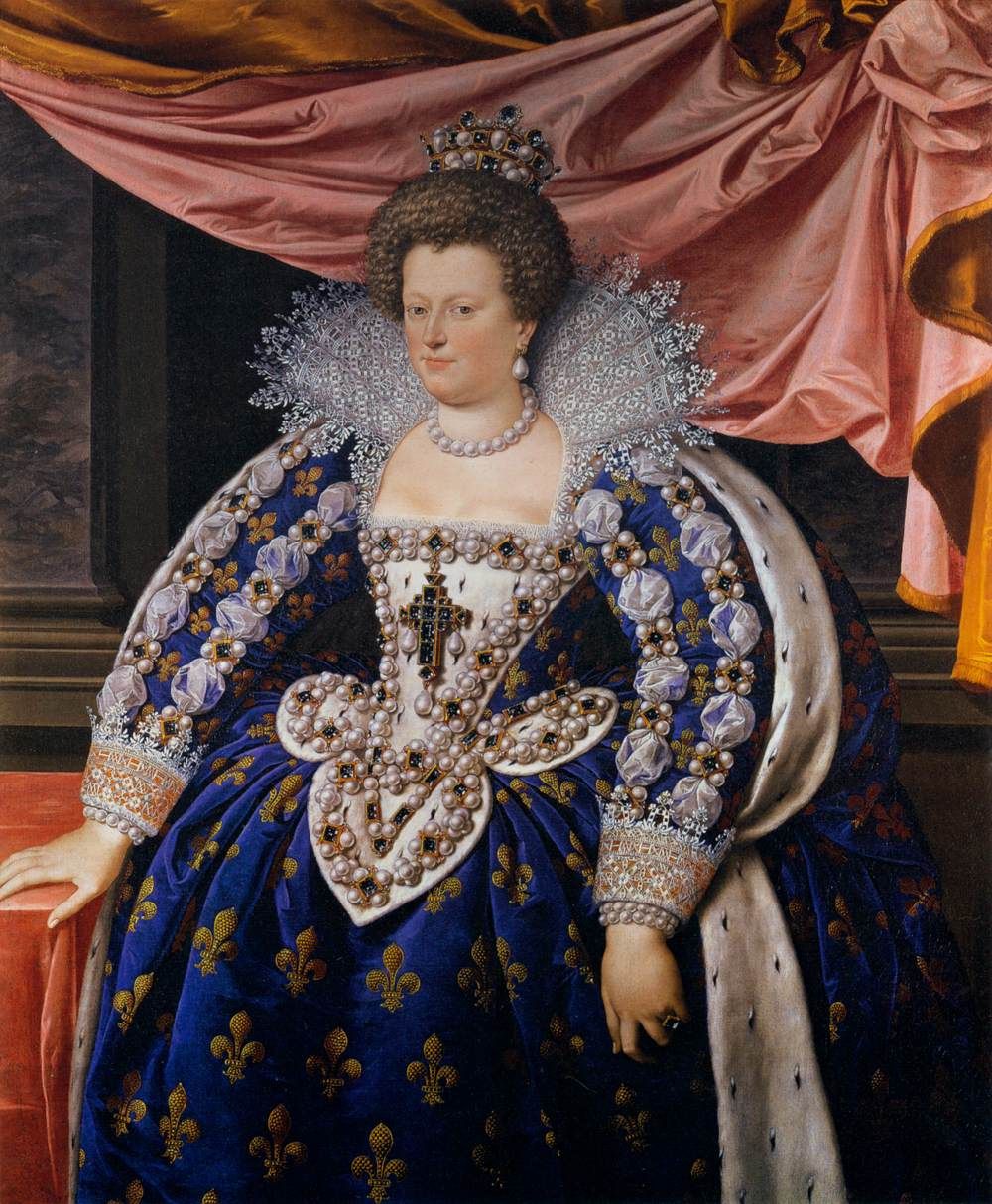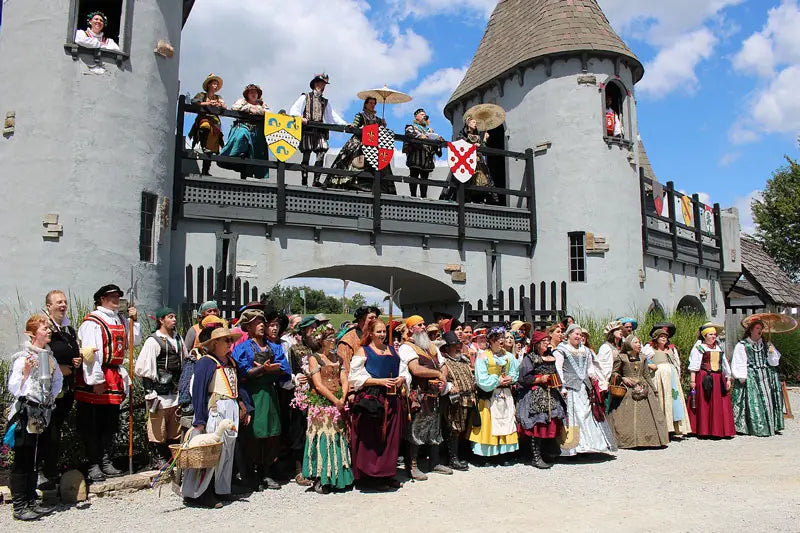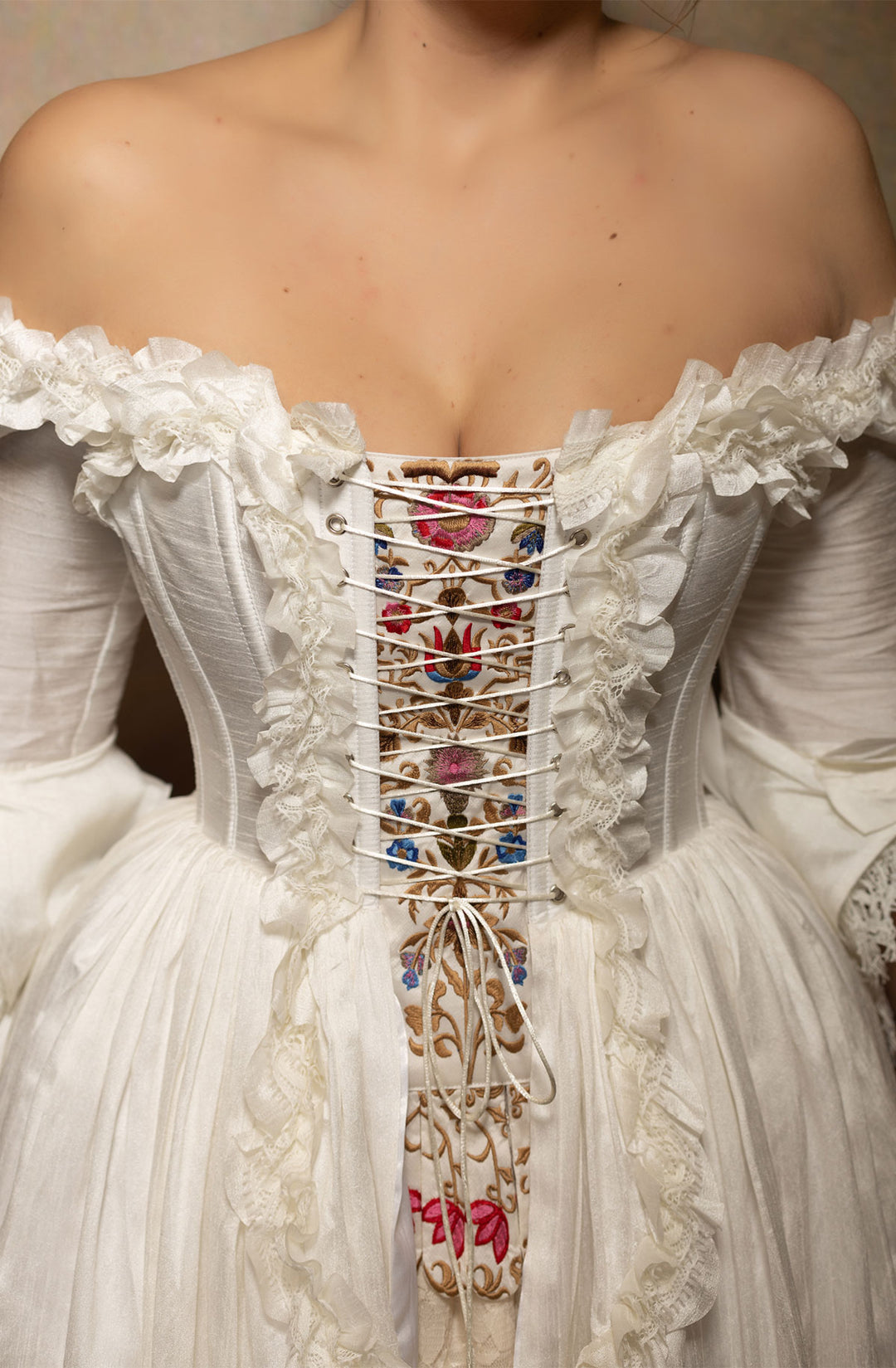
Across centuries, from the reign of the medieval monarchs to the flamboyantly extravagant baroque or rococo era, the fleur-de-lis symbol held significant prominence. Named after the French term for 'lily flower', the graphic blossom was first popularized in French heraldry and later swept across Europe. Its three-pointed design sparkles with symbolic interpretations, often linked to the Holy Trinity and suggesting a royal relationship to divinity.
The adoration for the fleur-de-lis was not confined to emblems and flags; it lucratively weaved its way into French court dress and jewelry designs. Even amid changing trends set by the era's fashion mavens, this perennial symbol held an aura of glamour and aristocracy, elegantly adorning the heavy brocades and exquisite satins of court gowns, snug bodices, and long sleeves, equally matched by court men's attire highlighted by redingotes with their broad lapels.
Women of the court, the true ITGirl fashionistas of these historical periods, utilized the fleur-de-lis in sophisticated accessories. Its beautifully stylized petals graced necklaces, pendants, brooches, and even hairpins, adding an aura of regal allure and opulence. Furthermore, the fleur-de-lis maintained its iconic status in the evolving print patterns of the time, from the intricate Pamela prints to the romantic portrayals in Pamela paintings by Francis Hayman.
The fleur-de-lis, thus, became more than just a floral symbol; it transformed into an emblem of timeless elegance, reflecting the unchanging allure of sophistication and nobility in the ever-changing landscape of historical fashion






Leave a comment